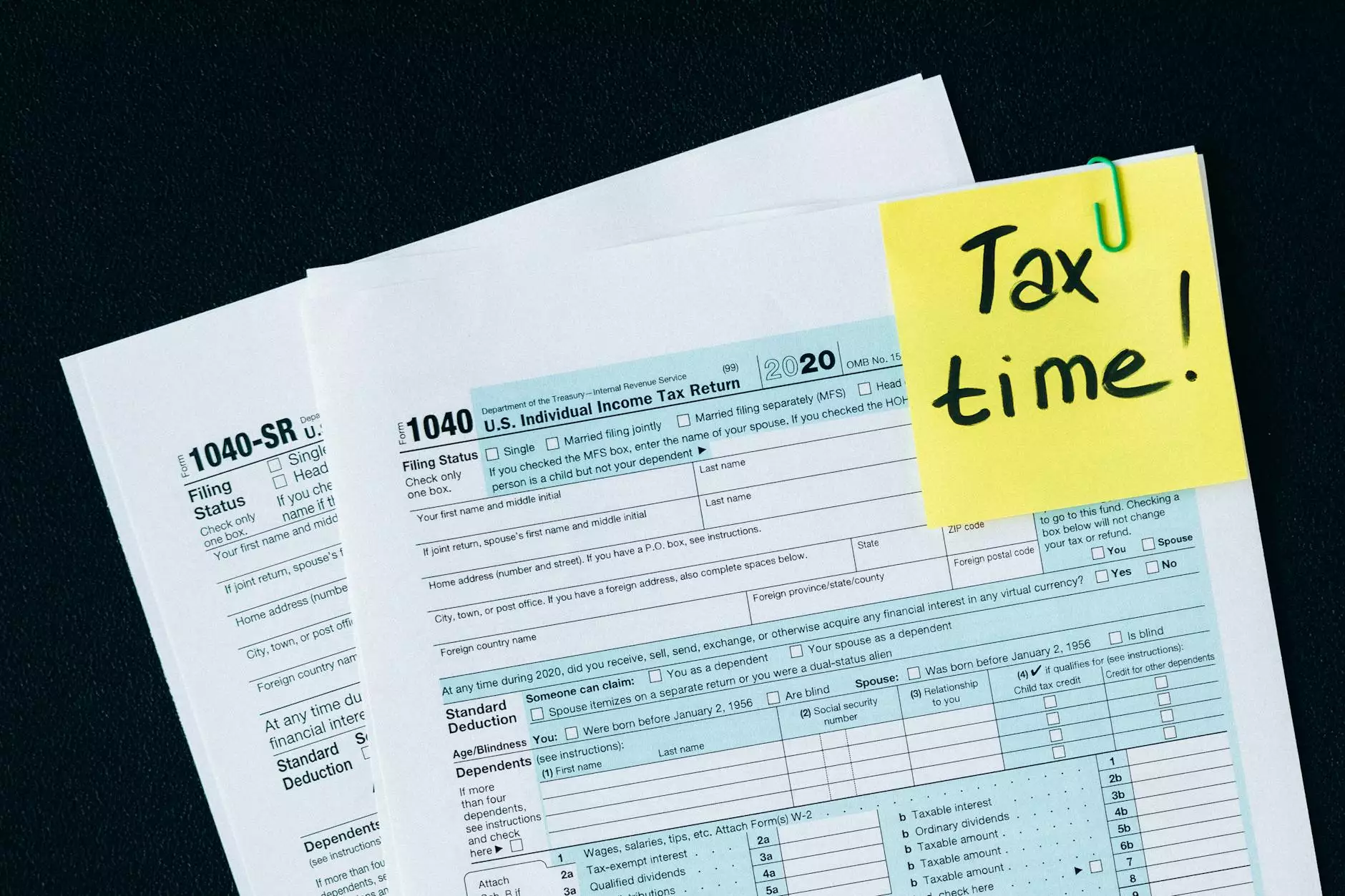Pcaob standard setting process and recent standards
Book Reports
Introduction
Welcome to The Knowledge Nest, your one-stop destination for expert insights into various industry topics. In this article, we delve into the PCAOB standard setting process and recent standards, providing a comprehensive understanding of this vital aspect of auditing and accounting practices.
Understanding the PCAOB
The Public Company Accounting Oversight Board (PCAOB) is a nonprofit corporation established by the United States Congress to oversee the audits of public companies. The board's primary role is to protect the interests of investors and the public by ensuring that audits are conducted in accordance with the highest standards.
The Standard Setting Process
The PCAOB standard setting process involves various stages to develop and update auditing standards. Let's explore each stage in detail:
1. Identification of Audit Issues
In this initial stage, the PCAOB identifies emerging audit issues and areas of concern that require standard setting. This process involves ongoing dialogue with stakeholders, including auditors, investors, and regulatory bodies.
2. Research and Analysis
Once an audit issue is identified, extensive research and analysis are conducted by the PCAOB. This process involves assessing current industry practices, examining relevant academic research, and consulting with subject matter experts to gain a comprehensive understanding of the issue.
3. Drafting and Exposure
After researching the audit issue, the PCAOB drafts proposed auditing standards. These drafts are exposed to the public and stakeholders for review and comment. The exposure process includes seeking input from experts, conducting public hearings, and soliciting feedback from interested parties.
4. Board Deliberations and Finalization
The feedback received during the exposure process is carefully evaluated by the PCAOB board members. Based on this evaluation, the board deliberates on the proposed standards and makes necessary revisions. Once the deliberations are complete, the final auditing standards are approved and adopted.
Recent PCAOB Standards
The PCAOB continuously updates its standards to address emerging risks and challenges in the auditing profession. Here are some noteworthy recent standards:
1. AS 3101 – The Auditor's Report on an Audit of Financial Statements
This standard aims to enhance the communication between auditors and users of financial statements. It introduces new requirements for auditors to provide more relevant and transparent information in their reports.
2. AS 2501 – Audit of Accounting Estimates
This standard provides guidance on auditing accounting estimates, including fair value measurements, management estimations, and assumptions. It emphasizes the need for auditors to obtain sufficient and appropriate evidence to support their conclusions.
3. AS 2415 – Consideration of Fraud in a Financial Statement Audit
This standard addresses the auditor's responsibility to identify and respond to the risks of fraud during an audit. It provides guidelines for assessing the risk of material misstatement due to fraud, implementing effective fraud audit procedures, and communicating findings to stakeholders.
4. AS 1210 – Using the Work of an Auditor-Engaged Specialist
This standard outlines the requirements and responsibilities of auditors when using the work of an auditor-engaged specialist. It emphasizes the need for auditors to evaluate the specialist's competence, perform sufficient procedures, and appropriately document their reliance on the specialist's work.
The Importance of Compliance
Adherence to PCAOB standards is crucial for auditors and public companies alike. Compliance ensures that audits are conducted with integrity, objectivity, and independence, fostering confidence in financial reporting and protecting the interests of investors.
Conclusion
In conclusion, understanding the PCAOB standard setting process and recent standards is essential for professionals in the auditing and accounting field. The Knowledge Nest aims to provide a comprehensive overview of these aspects, equipping you with the knowledge necessary to navigate this complex landscape with confidence.










